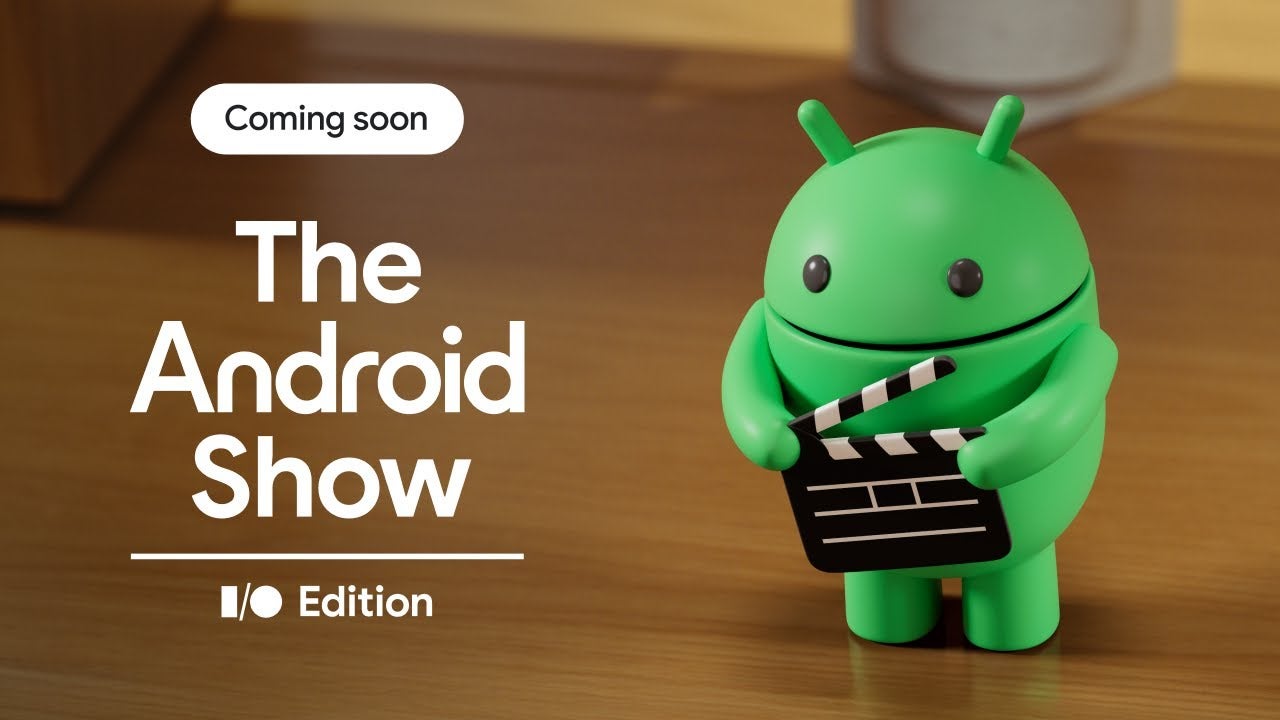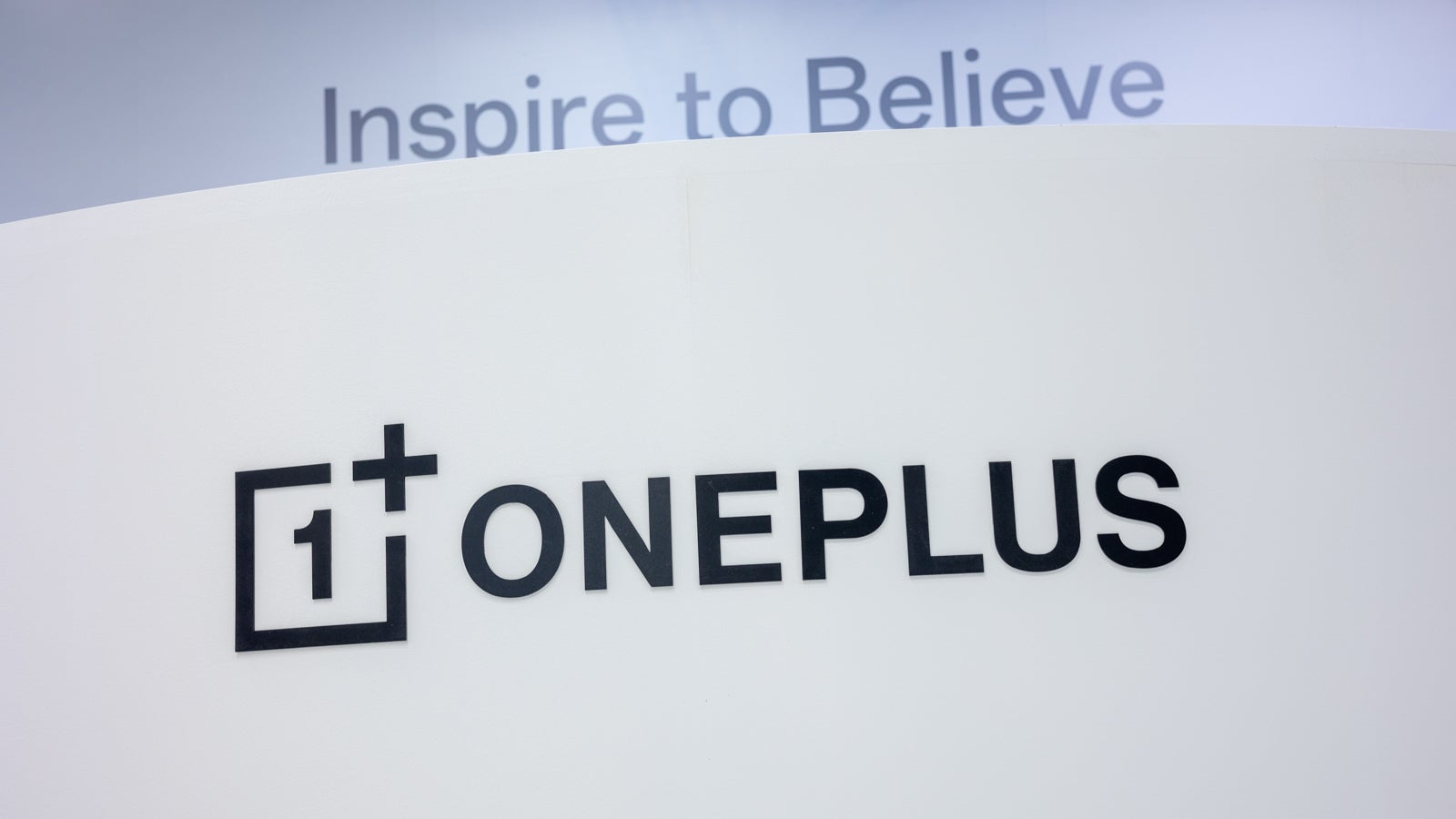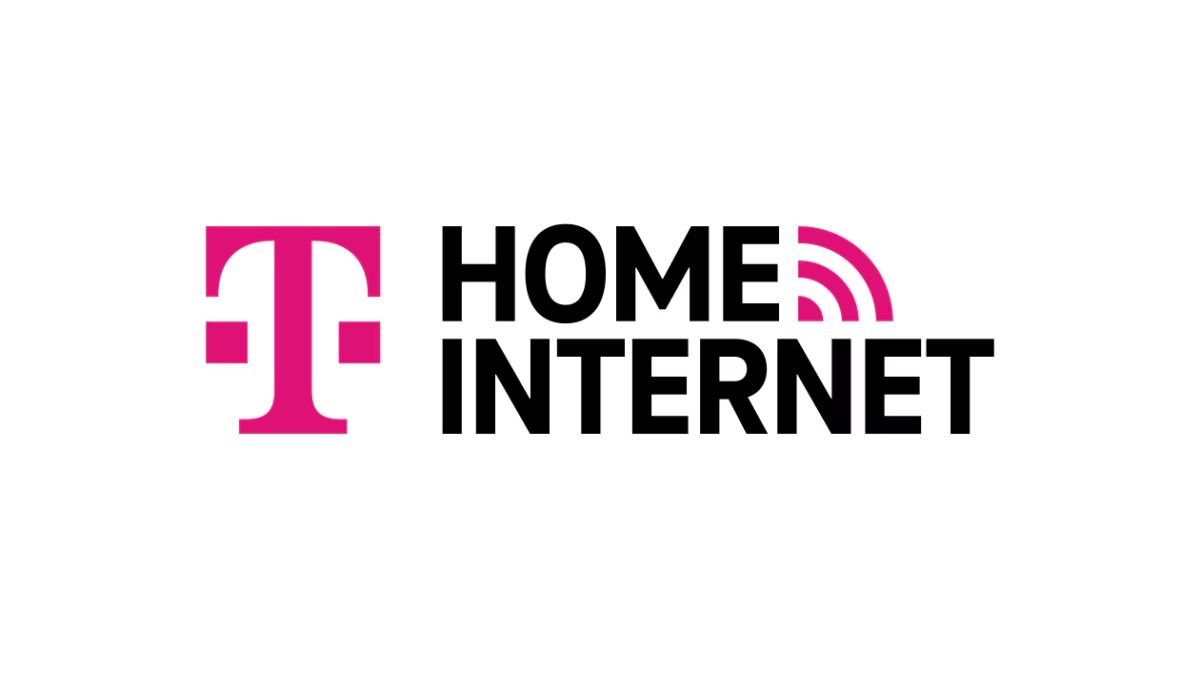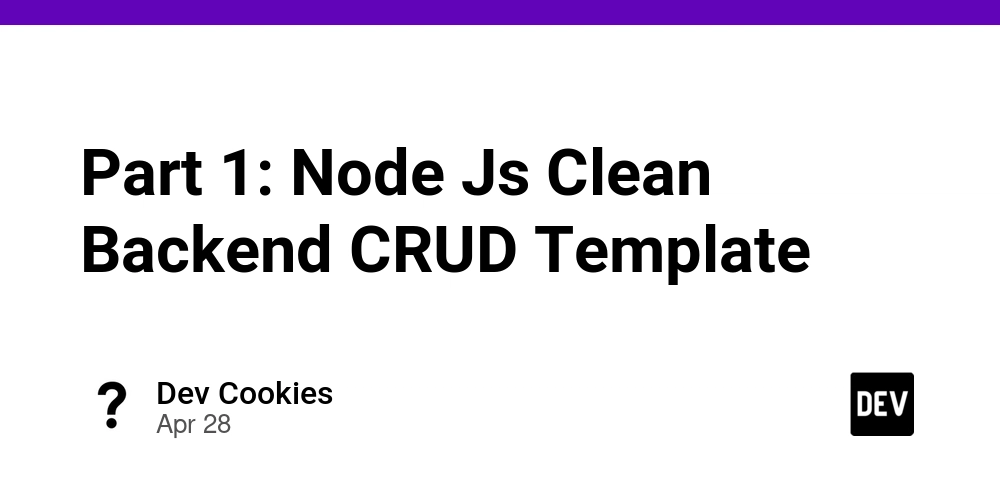5 Developer Trends Shaping the IT Sector in 2025
Over the past few years, I have realized something important: staying a good developer is no longer just about writing clean code. It is about understanding how the entire landscape around us is shifting—technologies, workflows, and even the way we think about our impact. As 2025 unfolds, I have been keeping a close eye on trends that are not just buzzwords but are actually changing the way we build, deploy, and secure software. In this post, I am sharing the five trends that I believe every developer should have on their radar this year. 1. Vibe Coding: Programming Through Natural Language The first time I tried using natural language to generate code through an AI model, it honestly felt surreal. Instead of sweating over syntax, I could just describe what I wanted, and the AI handled the heavy lifting. This approach, known as "vibe coding," is gaining massive traction. Tools like AWS Q Developer are making it easier for developers to collaborate with AI efficiently, treating it as an assistant rather than a replacement. Learning how to communicate your intent clearly to AI is becoming a real skill—and one I am personally working on mastering this year. 2. Green Software Engineering: Sustainable Coding Practices Sustainability used to feel like something that was "not my problem" as a developer. That mindset has changed for me. Today, writing green, efficient code is not just about saving costs—it is about building responsibly. From optimizing cloud usage to creating lighter apps, green practices are becoming a core part of modern development. Organizations are also starting to prioritize developers who understand sustainable technology choices. Embedding eco-consciousness into your codebase is no longer optional. It is part of being a future-ready developer. 3. Edge Computing: Processing Closer to the Source Recently, while working on a small IoT project, I experienced firsthand how powerful edge computing can be. Moving computation closer to where data is generated (instead of round-tripping to the cloud) cut our response time dramatically. In industries like healthcare, smart cities, and autonomous vehicles, this efficiency is critical. Frameworks like AWS Greengrass and Azure IoT Edge are giving developers the tools to build faster, more reliable systems. Edge computing is a growing field, and it is something I am personally excited to explore deeper in 2025. 4. The Rise of Low-Code and No-Code Platforms A few years ago, if you had told me I would enjoy using low-code tools, I probably would have laughed. But after trying platforms like OutSystems and Bubble for rapid prototyping, my perspective has shifted. Low-code does not replace serious coding—it accelerates it when used wisely. It lets you focus your time and energy on solving the harder problems, rather than spending weeks reinventing basic components. In today's fast-moving tech world, knowing when to "build fast" and when to "build deep" is a huge competitive advantage. 5. DevSecOps: Embedding Security Throughout Development Security was something I used to think about late in a project—usually when it was too late to fix things cleanly. Today, DevSecOps is teaching us to think about security from the very beginning. By integrating security scans, vulnerability checks, and coding best practices into the daily development workflow, we can prevent many issues before they even happen. Tools like SonarQube, Snyk, and GitGuardian have become essential parts of my workflow. Secure development is not an afterthought anymore—it is baked into every line of code. Final Thoughts The developer landscape is evolving fast, and simply keeping up is not enough—we need to stay ahead. I am personally focusing on three things this year: embracing AI collaboration, building more sustainably, and sharpening my security mindset. There is no shortage of opportunities in 2025 for developers willing to adapt, innovate, and lead with purpose. If you found this article insightful, I would love to hear your thoughts. Feel free to connect or leave a comment—I genuinely enjoy learning from fellow developers and exchanging ideas. You can find me here: GitHub LinkedIn Instagram
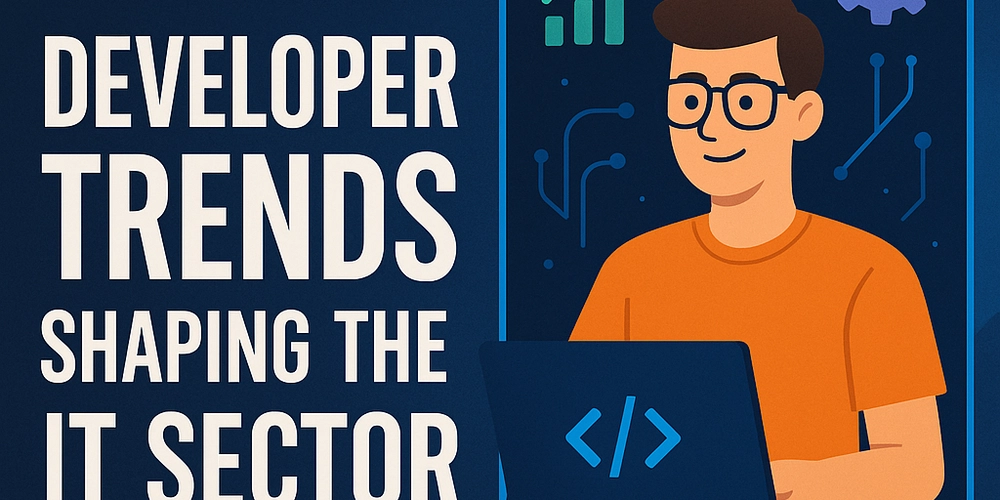
Over the past few years, I have realized something important: staying a good developer is no longer just about writing clean code. It is about understanding how the entire landscape around us is shifting—technologies, workflows, and even the way we think about our impact.
As 2025 unfolds, I have been keeping a close eye on trends that are not just buzzwords but are actually changing the way we build, deploy, and secure software. In this post, I am sharing the five trends that I believe every developer should have on their radar this year.
1. Vibe Coding: Programming Through Natural Language
The first time I tried using natural language to generate code through an AI model, it honestly felt surreal. Instead of sweating over syntax, I could just describe what I wanted, and the AI handled the heavy lifting.
This approach, known as "vibe coding," is gaining massive traction. Tools like AWS Q Developer are making it easier for developers to collaborate with AI efficiently, treating it as an assistant rather than a replacement.
Learning how to communicate your intent clearly to AI is becoming a real skill—and one I am personally working on mastering this year.
2. Green Software Engineering: Sustainable Coding Practices
Sustainability used to feel like something that was "not my problem" as a developer. That mindset has changed for me. Today, writing green, efficient code is not just about saving costs—it is about building responsibly.
From optimizing cloud usage to creating lighter apps, green practices are becoming a core part of modern development. Organizations are also starting to prioritize developers who understand sustainable technology choices.
Embedding eco-consciousness into your codebase is no longer optional. It is part of being a future-ready developer.
3. Edge Computing: Processing Closer to the Source
Recently, while working on a small IoT project, I experienced firsthand how powerful edge computing can be. Moving computation closer to where data is generated (instead of round-tripping to the cloud) cut our response time dramatically.
In industries like healthcare, smart cities, and autonomous vehicles, this efficiency is critical. Frameworks like AWS Greengrass and Azure IoT Edge are giving developers the tools to build faster, more reliable systems.
Edge computing is a growing field, and it is something I am personally excited to explore deeper in 2025.
4. The Rise of Low-Code and No-Code Platforms
A few years ago, if you had told me I would enjoy using low-code tools, I probably would have laughed. But after trying platforms like OutSystems and Bubble for rapid prototyping, my perspective has shifted.
Low-code does not replace serious coding—it accelerates it when used wisely. It lets you focus your time and energy on solving the harder problems, rather than spending weeks reinventing basic components.
In today's fast-moving tech world, knowing when to "build fast" and when to "build deep" is a huge competitive advantage.
5. DevSecOps: Embedding Security Throughout Development
Security was something I used to think about late in a project—usually when it was too late to fix things cleanly. Today, DevSecOps is teaching us to think about security from the very beginning.
By integrating security scans, vulnerability checks, and coding best practices into the daily development workflow, we can prevent many issues before they even happen. Tools like SonarQube, Snyk, and GitGuardian have become essential parts of my workflow.
Secure development is not an afterthought anymore—it is baked into every line of code.
Final Thoughts
The developer landscape is evolving fast, and simply keeping up is not enough—we need to stay ahead.
I am personally focusing on three things this year: embracing AI collaboration, building more sustainably, and sharpening my security mindset.
There is no shortage of opportunities in 2025 for developers willing to adapt, innovate, and lead with purpose.
If you found this article insightful, I would love to hear your thoughts. Feel free to connect or leave a comment—I genuinely enjoy learning from fellow developers and exchanging ideas.
You can find me here:


























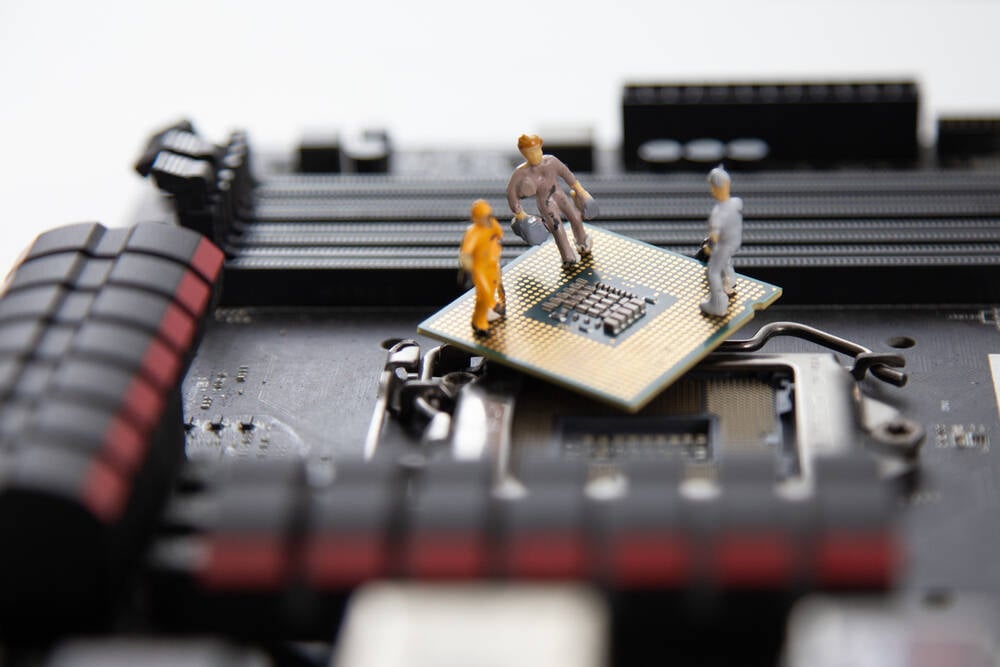







































































































































![[The AI Show Episode 143]: ChatGPT Revenue Surge, New AGI Timelines, Amazon’s AI Agent, Claude for Education, Model Context Protocol & LLMs Pass the Turing Test](https://www.marketingaiinstitute.com/hubfs/ep%20143%20cover.png)














































































































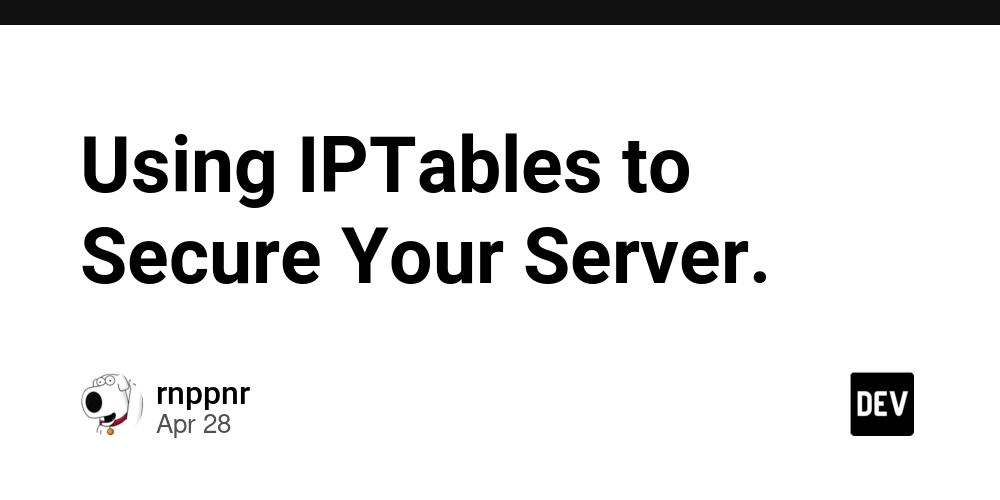
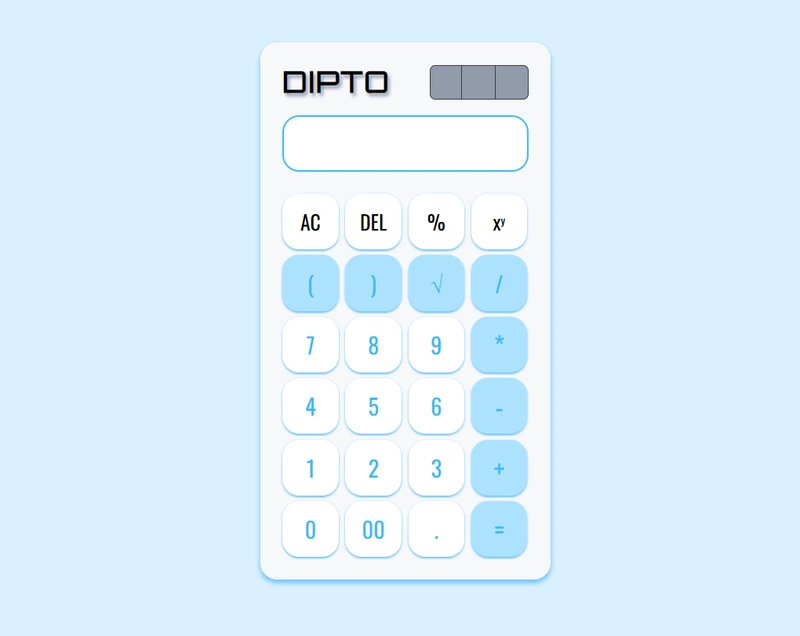











































































































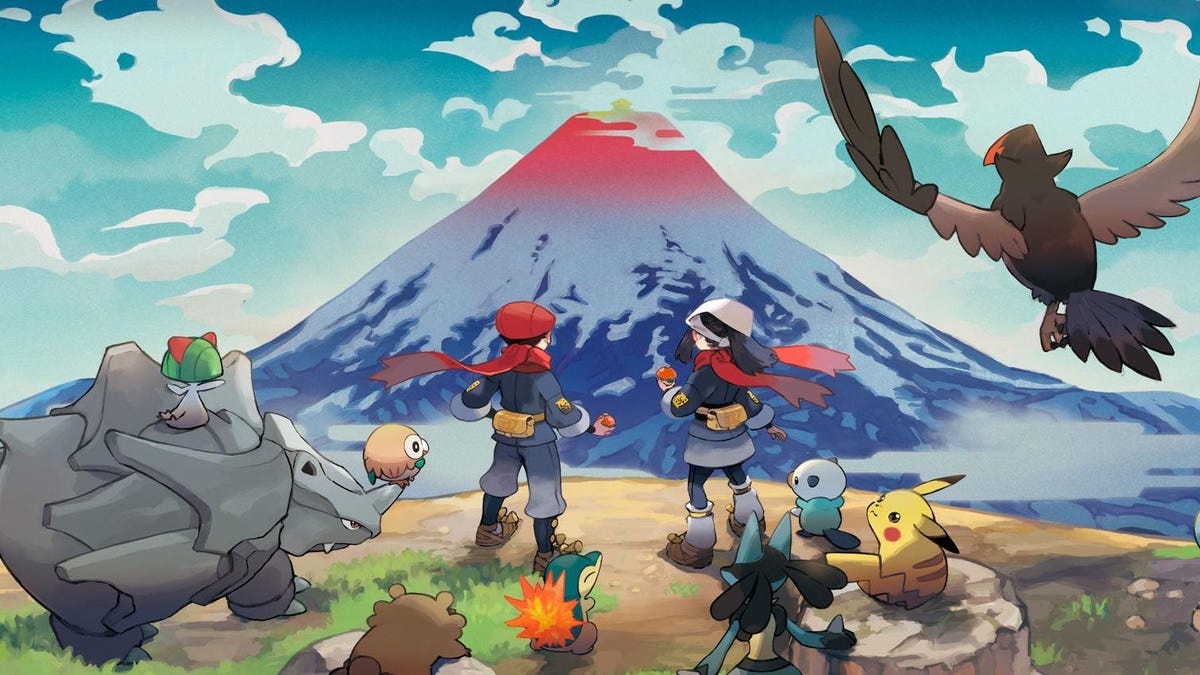
















.jpg?#)




























_Muhammad_R._Fakhrurrozi_Alamy.jpg?width=1280&auto=webp&quality=80&disable=upscale#)
_NicoElNino_Alamy.jpg?width=1280&auto=webp&quality=80&disable=upscale#)









































































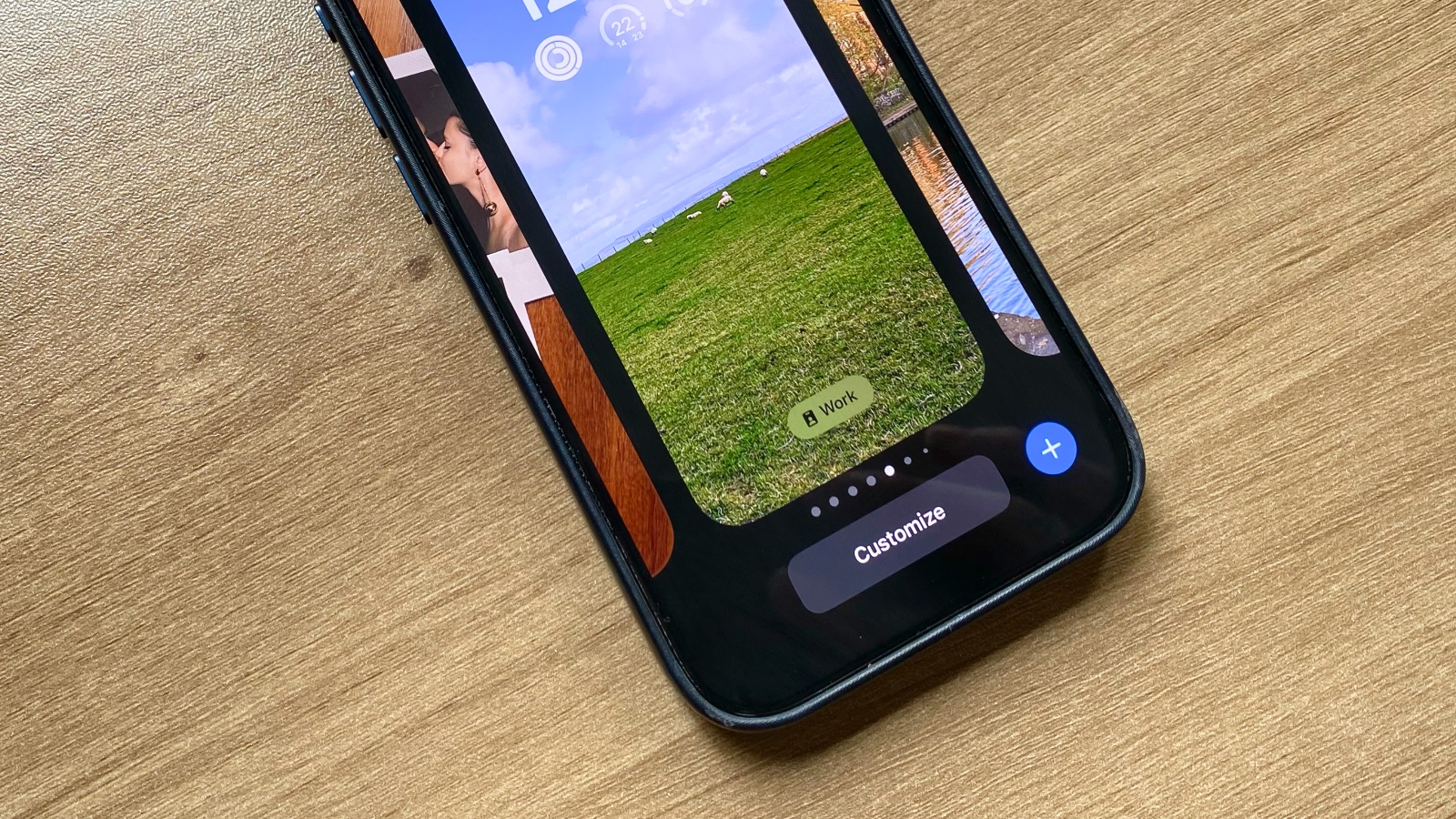












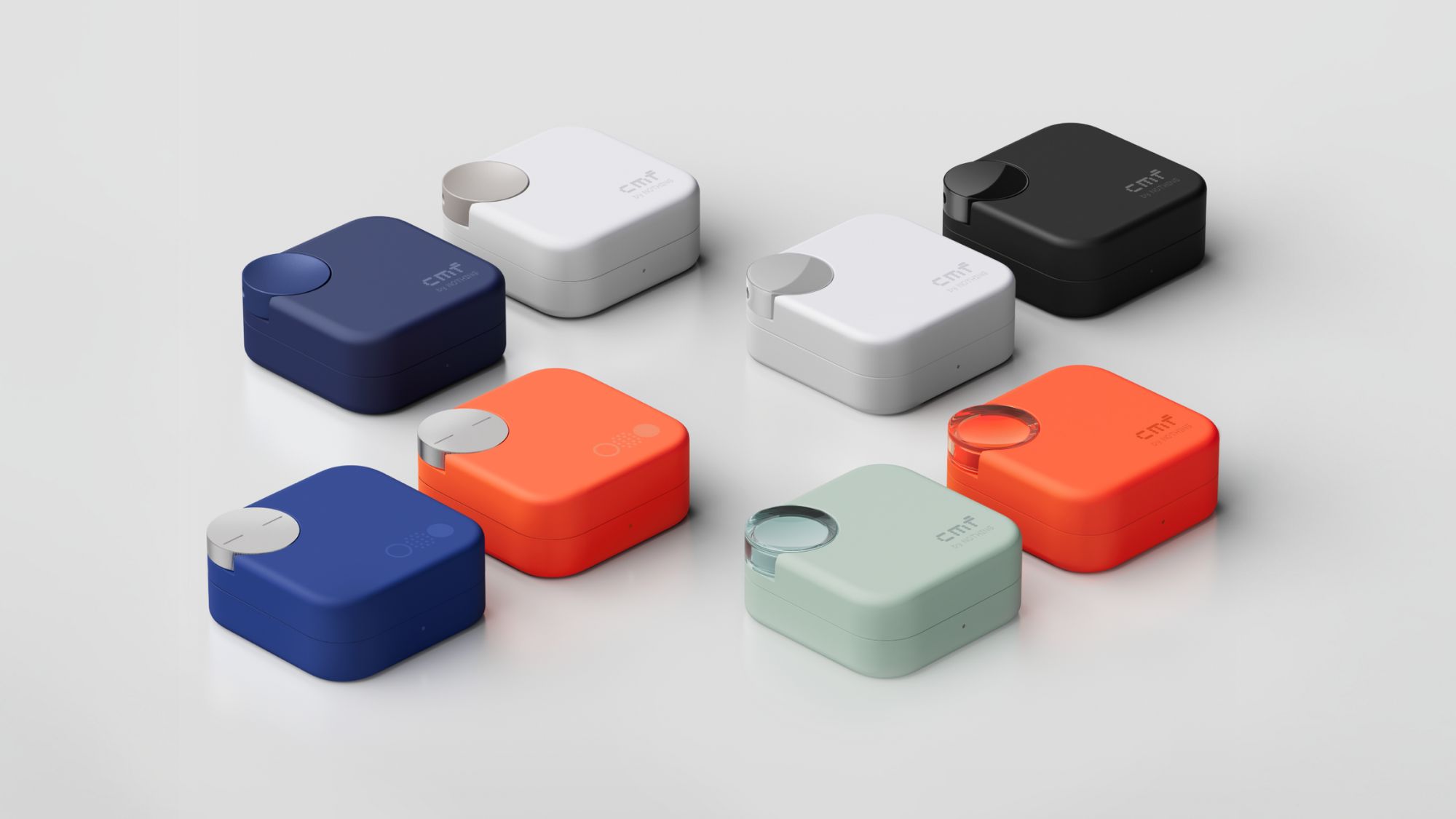


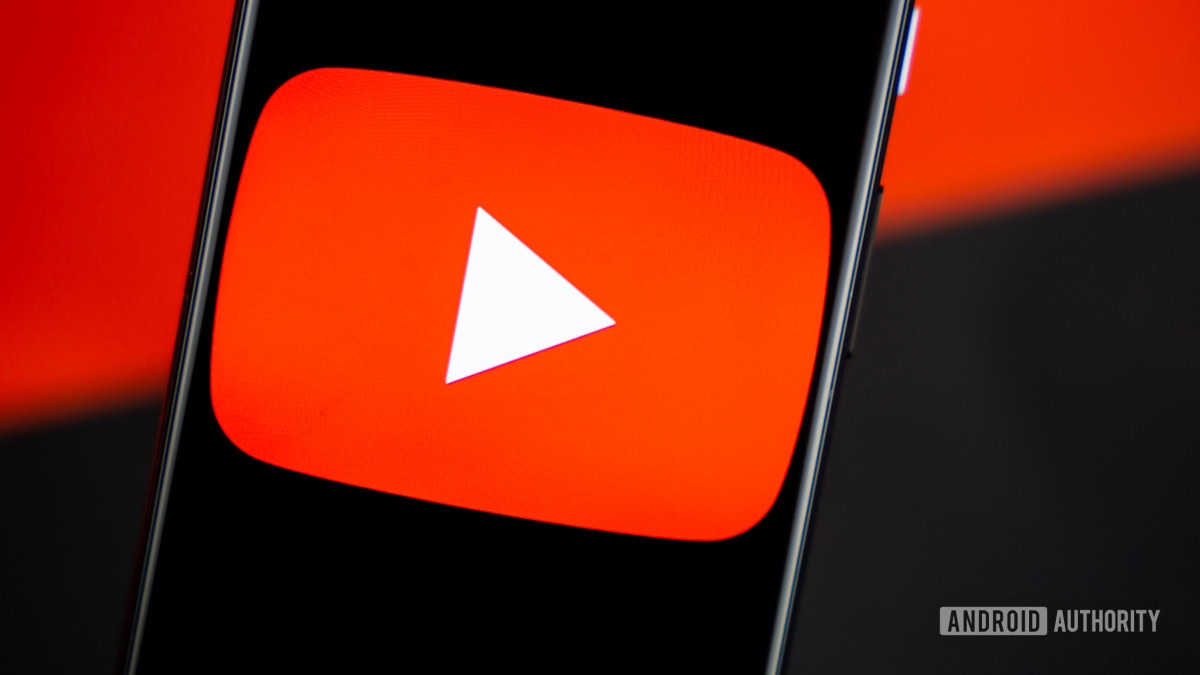















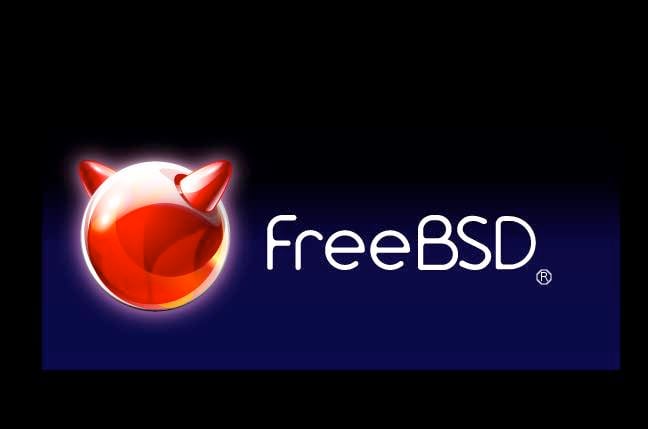


![New iPad 11 (A16) On Sale for Just $299! [Lowest Price Ever]](https://www.iclarified.com/images/news/97144/97144/97144-640.jpg)

![M4 MacBook Air Drops to Just $849 - Act Fast! [Lowest Price Ever]](https://www.iclarified.com/images/news/97140/97140/97140-640.jpg)
![Apple Smart Glasses Not Close to Being Ready as Meta Targets 2025 [Gurman]](https://www.iclarified.com/images/news/97139/97139/97139-640.jpg)











































